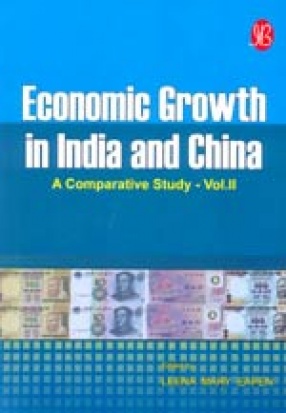Economic Growth in India and China: A Comparative Study, Volume 2
The economic growth of a country depends vitally on its capacity to raise its productivity and its ability to attract Foreign Direct Investment (FDI). The major factors that strengthen the drivers of productivity are the openness to trade, both exports and imports, enablement of a more efficient allocation of resources, providing greater opportunities to exploit economies of scale, exposing the domestic economy to greater competitive pressures, rewarding innovation and providing access to new technologies, and increasing incentives for investment. This implies openness to trade which also affects the amount of foreign investment that a country attracts. FDI is important because, it enables technology and innovation developed abroad to be applied to domestic production. It further enhances competition and leads to a faster diffusion of a more efficient and innovative processes. It generates potential opportunities for investors to gain an initiative or to get a competitive edge within the framework of international competition. As India prepares herself to become an economic superpower, it has to achieve an average growth of 7-8% per annum. Since independence, Indian economy has thrived hard for improving its pace of development. But, there is no significant improvement. This growth cannot be achieved by domestic investment alone. It has to attract FDI. According to A.T. Kearney's survey, China is projected as the most attractive place for FDI. Therefore, to achieve the target, India must think of growth as a political imperative and the Chinese model of development must be followed. In this context, this book provides a comprehensive analysis of the trade and investment aspects in India and China and explains why two countries differ in their performance.
Get it now and save 10%
BECOME A MEMBER











Bibliographic information
Tags